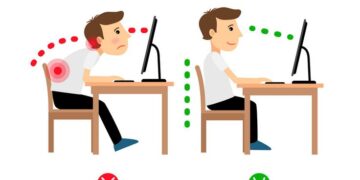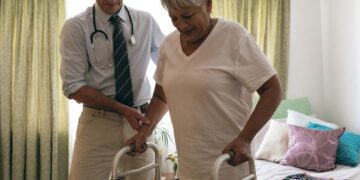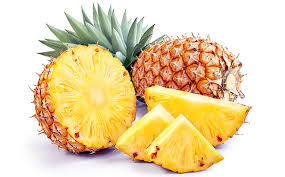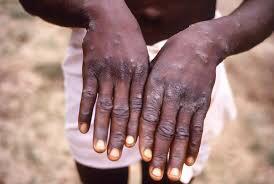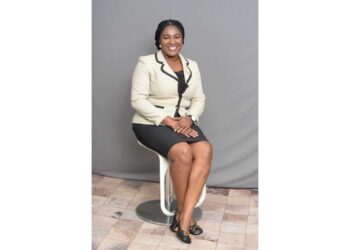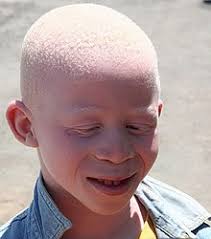October 29 is World Stroke Day, a day dedicated to raising awareness about stroke, one of the leading causes of disability and death worldwide. Every year, 13.7 million people experience a stroke, and 5.5 million of them do not survive it. The impact of stroke is substantial, affecting not only the individual but also their families and communities. For this year’s World Stroke Day, we’re shining a light on prevention, early recognition, and recovery strategies that could help reduce the burden of stroke.
What is a Stroke?
A stroke, or “brain attack,” occurs when blood flow to a part of the brain is cut off. Without a steady supply of oxygen-rich blood, brain cells begin to die within minutes. Strokes fall into two primary categories:
- Ischemic Stroke – Caused by a blockage in a blood vessel supplying the brain, ischemic strokes account for about 87% of all strokes.
- Hemorrhagic Stroke – This occurs when a blood vessel ruptures, leading to bleeding in the brain. Although less common, hemorrhagic strokes can be severe and life-threatening.
A third type, known as a Transient Ischemic Attack (TIA) or “mini-stroke,” is a temporary blockage of blood flow to the brain, causing symptoms that resolve within minutes to hours. However, TIAs are warning signs that a more severe stroke could happen soon.
Recognizing the Symptoms: The FAST Method
Quick response is critical in treating a stroke. The sooner medical care is received, the better the chances of recovery. Here’s an easy way to remember stroke symptoms using the FAST acronym:
- Face drooping: Does one side of the face droop or feel numb? Ask the person to smile to check.
- Arm weakness: Is one arm weak or numb? Ask the person to raise both arms and see if one drifts downwards.
- Speech difficulties: Is speech slurred or hard to understand? Ask the person to repeat a simple sentence.
- Time to call emergency services: If any of these signs are present, call emergency services immediately.
Acting quickly can make a major difference in a person’s recovery journey.
Risk Factors and Prevention
Certain risk factors make some people more susceptible to stroke than others. Controllable factors include high blood pressure, smoking, obesity, and physical inactivity. Uncontrollable factors include age, family history, and certain medical conditions.
Prevention Tips
While not all strokes are preventable, making lifestyle changes can significantly reduce the risk:
- Manage Blood Pressure: High blood pressure is the leading cause of stroke. Regularly monitor and manage blood pressure to keep it within healthy ranges.
- Maintain a Healthy Diet: Eating a balanced diet low in salt, saturated fats, and cholesterol can help lower the risk.
- Stay Active: Regular physical activity strengthens the heart and improves circulation.
- Avoid Smoking and Limit Alcohol: Smoking doubles the risk of stroke, and heavy drinking can raise blood pressure levels.
- Monitor Health Conditions: Managing diabetes, cholesterol, and atrial fibrillation can lower stroke risk.
Life After Stroke: Recovery and Rehabilitation
The journey after a stroke is challenging but manageable with proper care. Recovery often involves a mix of physical therapy, occupational therapy, speech therapy, and support from mental health professionals. Rehabilitation helps stroke survivors regain their independence and improve their quality of life.
Support from family, friends, and communities is essential. Social connections and support networks are linked to better mental health outcomes, and connecting with stroke support groups can provide additional encouragement and resources.
Closing Thoughts
World Stroke Day is a reminder of the importance of stroke prevention, recognition, and support for survivors. Understanding the causes, symptoms, and treatments of stroke can make a significant difference in response time and recovery outcomes. We encourage everyone to educate themselves, share this knowledge, and promote healthy habits that help reduce the risk of stroke for all.
Remember: Together, we can raise awareness, reduce risk, and improve recovery outcomes for stroke survivors everywhere.

